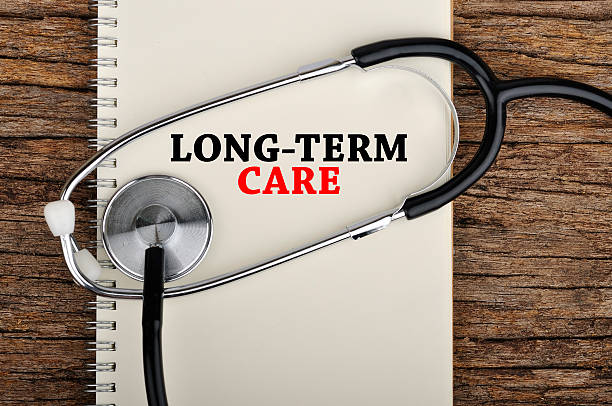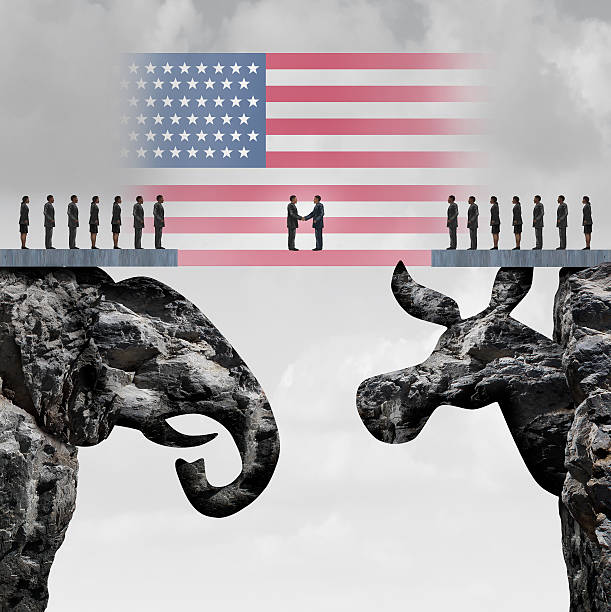The Facts Do Not Support the Income Inequality Argument

The political left continues to push the argument that there is an ongoing crisis of income inequality in the United States. The rich are ostensibly getting richer, the poor are poorer, and the middle class is shrinking. Consequently, they say there should be a further redistribution of income in this country. This is in spite of the fact that the top one percent of earners already pay 38 percent of individual taxes, the bottom 90 percent of earners pay 30 percent, and the top 50 percent of earners pay 97 percent of individual taxes. (here)
A superficial interpretation of statistics might appear to support the argument of income inequality, but a careful analysis of income data over the past 60 years absolutely refutes the idea. Statistics are excellent for proving a snapshot of a fixed point in time, but they fail miserably at tracking real individuals as they move among the various economic brackets during their working and retirement years. A person might sell a house and be “rich” for one year, working professionals may have a good income year followed by several lean years, or a person may be “rich” until the day they retire and the next day become someone with zero earned income.
Research shows that 75 percent of people in the bottom 20 percent of income in 1975 were in the top 40 percent within 16 years. (here)
Income statistics do not account for dollar transfers. Millions of people receive health benefits through the government programs of Medicare and Medicaid. Millions more receive entitlements of food stamps, housing subsidies, and nearly 100 other transfer payments. (here) None of this is counted as income. Obamacare is simply a huge redistribution of money, with a massive expansion of the Medicaid entitlement and taxpayer subsidies in the insurance exchanges. Tax increases, now being proposed by the left, are likewise a means to take from the rich and give to the poor.
Studies show that personal income accounts for only 22 percent of economic resources available to those in the bottom 20 percent. A recent report on data from the Census Bureau concludes that because of transfer payments, the bottom quintile has experienced a 300 percent increase in income over the past 50 years. (here) This has occurred while the top quintile has seen a 213 percent increase in after-tax income. In other words, income inequality has actually dropped over the past 50 years in the U.S.
Exaggerated claims about income inequality also don’t include an individual’s real net worth or potential earning capacity. Statistics about the “poor” include retirees, non-working spouses of the rich, professionals just starting out in practice, and young adults. These people hardly fit the picture of the working poor.
One of the greatest attributes of the U.S. is the ability of people to better themselves and move up the economic ladder. The vast majority of the rich earned their success. The economy is not a zero-sum game, it’s about growth and opportunity for everyone. Income redistribution simply takes from the rich and gives to the poor, without expanding the economy.
There are two solutions to help the poor. First, an education is vitally important. In the top 20 percent of income earners, 60 percent have college degrees compared to six percent in the bottom 20 percent. Second, a vibrant, growing economy helps people improve in all economic brackets. (here)
The U.S. economy is not about government officials picking winners and losers. It is about people having the ability to improve their financial status through hard work in a free and open society. Pushing the political idea of wealth redistribution is not an effective or moral way to help the poor.







